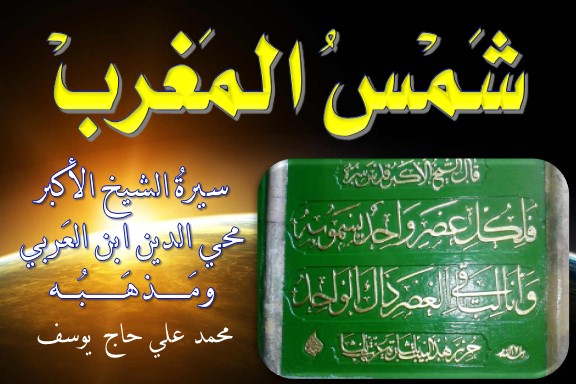Mekke Fetihleri Kitabı'nın yazılma vesilesi
Mekke Fetihleri Kitabı'nın yazılma tarihi
Mekke Fetihleri Kitabı'na yönelik eleştiriler ve yanıtlar
Mekke Fetihleri Kitabının Altı Bölümü
Mekke Fetihleri Kitabı, İslam düşüncesinin en önemli kitaplarından, hatta İslam dünyasının en önemli düşünce kitaplarından biridir... tarih hiç. Adından da anlaşılacağı üzere Şeyh Muhyiddin tarafından Mekke'de başlatılmıştır. Oraya ilk kez hicri 598 yılında Fas'tan gelip Şam'da tamamlayıncaya kadar geldi. H. 629 yılında Şeyh -Allah ondan razı olsun- bu kitabı Tunuslu sahibi Abdülaziz'e ithaf etti. Al-Mahdawi ve hizmetkarı ve arkadaşı Abdullah Bedr Al-Habashi.
Şu anda dünya çapında birçok kütüphanede Mekke fetihlerini anlatan çok sayıda el yazması bulunmaktadır. Şeyh Muhyiddin'in hat sanatıyla yazdığı Konya nüshası olmak üzere birinci ve ikinci nüshaları Eli ve sayfaları on bin sayfadan fazlaya ulaştı.

Mekke Fetihleri Kitabı'nın özeti



